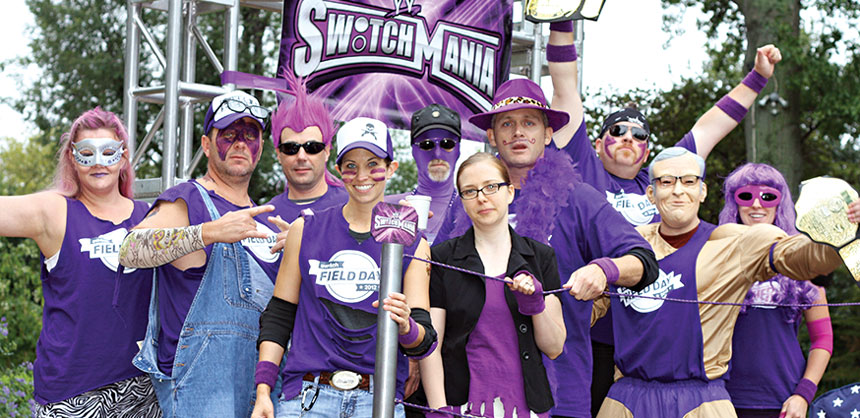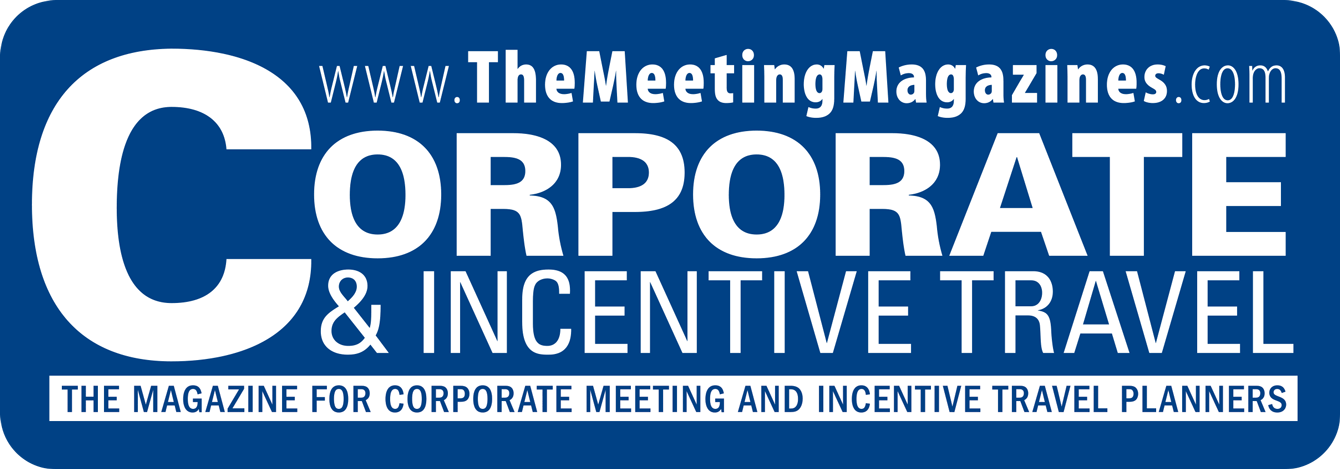Teambuilding Trends: Having a Field DayNovember 1, 2013
Physical and Mental Challenges That Strengthen Workplace Performance By Patrick SimmsTeambuilding Trends: Having a Field Day
Physical and Mental Challenges That Strengthen Workplace Performance
The Switch employee Field Day, which has been held annually for the past seven years, features “at least one activity that involves a social component, and I don’t mean social media,” says Switch Chief Creative Officer Annie Castellano. “I mean getting to know the people that you work with on a personal level.” Credit: Switch: Liberate Your Brand
Much of the teamwork that happens in corporate America today is through virtual communications, with the work force becoming increasingly remote and decentralized. But it is teamwork nonetheless, and when employees do gather for a face-to-face meeting, it bears emphasizing the value of effective collaboration. A teambuilding activity, one that serves as a metaphor for workplace performance, has long been a means to that end.
Given its value, one might wonder why a company would eschew teambuilding at an internal meeting, assuming that the agenda allows for it. Economic factors can influence that decision, according to Kim Silberman, senior vice president of New York, NY-based Madison Performance Group. “The cost of a teambuilding event can be prohibitive because it is an added expense. And for incentives, since most companies have cut back on their incentive travel, they elect to reward individuals with leisure time instead of a structured activity, which they would rather include in a meeting,” she explains.
Indeed, teambuilding has a hard time competing with leisure as a reward for top producers. Yet a key to successful teambuilding is that it should not be diametrically opposed to leisure; it should not feel purely business-related, from the attendee’s perspective.








